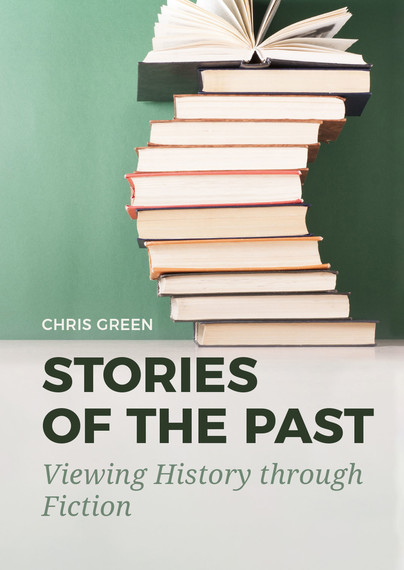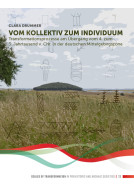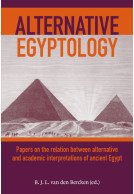Google Books previews are unavailable because you have chosen to turn off third party cookies for enhanced content. Visit our cookies page to review your cookie settings.
Stories of the Past (Paperback)
Viewing History through Fiction
Imprint: Sidestone Press
Pages: 250
Illustrations: 40fc / 12bw
ISBN: 9789464280333
Published: 15th September 2022
Script Academic & Professional
Pages: 250
Illustrations: 40fc / 12bw
ISBN: 9789464280333
Published: 15th September 2022
Script Academic & Professional
You'll be £40.00 closer to your next £10.00 credit when you purchase Stories of the Past. What's this?
+£4.99 UK Delivery or free UK delivery if order is over £40
(click here for international delivery rates)
Need a currency converter? Check XE.com for live rates
(click here for international delivery rates)
Need a currency converter? Check XE.com for live rates
This study contends that the creation and consumption of fiction has not been looked at in a holistic way in terms of an overall process that takes us from author to consumer with all of the potential intermediate steps. It proposes and describes just such a process model, which begins with the author, who interacts with elements of his or her contemporary world and incorporates them into the imagined world of the novel. It describes how at each stage in the process other actors engage with the novel in various forms, and create artefacts such as critical reviews, filmed adaptations and tourist interpretations that comprise further imagined worlds that can be compared to the author’s original imagined world, and by extension, the original past world.
Using a number of case studies of English novels of the period from 1800 to 1930, the study looks at what evidence of the process in action tells us about the ability of a novel to act as an adjunct to contemporary records in providing insights into that original real world. These studies incorporate analyses of the novels themselves, and of subsequent artefacts such as film and television adaptations, curated literary places and guidebooks, and reviews. The study concludes that fiction in its various forms, and especially in its adapted and interpreted forms, whilst not a pure historical document as such, can provide us with a vivid image of a past world. It contends that the process model could be used as an aid in the teaching of History or English Literature, or as an aid to the general reader, to help remove the layers of imagined worlds that potentially lie between us and a past historical world, thereby reducing the ability of that layering to create a misleading view of history.
Other titles in Sidestone Press...















